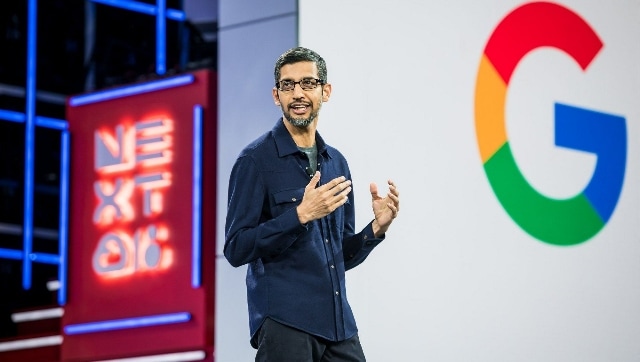FP StaffSep 22, 2022 17:18:34 IST
Google is apparently working on alternative audio and video formats that could replace Dolby Atmos and Vision if they had their way.

According to a report by Protocol, Google is looking to introduce two new media formats to offer HDR video and 3D audio under a new consumer-recognizable brand without the licensing fees hardware manufacturers currently have to pay Dolby.
Although the final product is still miles away from completion, leaked documents and memos suggest that engineers at Google call the product Project Caviar in their internal communications.
Dolby charges a license fee to device makers that want to add Atmos and Vision support, which is increasingly advertised by streaming services as a premium feature. Protocol claims that they received a document which stated that the manufacturer of streaming boxes that wholesale for $50 has to pay around $2 per unit for Dolby Vision and Dolby Digital.
What Google comes up with “would be governed by an industry forum and made available for free to hardware manufacturers and service providers.” One way the company could spur hardware adoption is by having YouTube, which does not support Dolby Atmos or Vision, support it.
This comes at a time when spatial audio is being marketed as the next big thing in sound technology, while the video side of Google’s format push is aimed at letting end users capture in these premium formats and get better-quality video.
Samsung, who co-developed HDR10+ as a royalty-free alternative to Dolby Vision, attempted to make HDR10+ a household name, but have largely failed to do so. That is why Google wants to try again.
Google has been discussing project Caviar with hardware manufacturers that would get to save on costs. The company has also talked with service providers. Samsung, for example, doesn’t support Dolby Vision on its televisions due to not wanting to pay a license fee. Similarly, the Dolby Vision format has not seen wide-scale adoption on Android’s mobile platforms.
Post a Comment